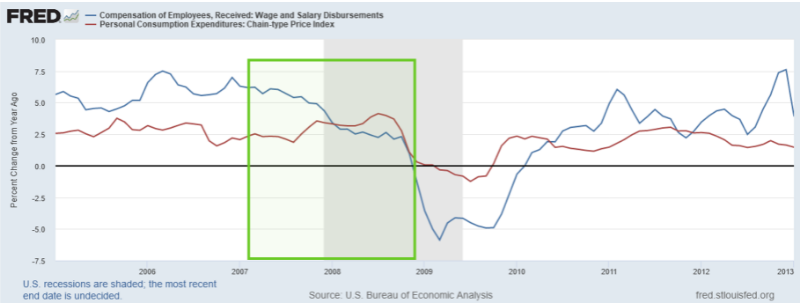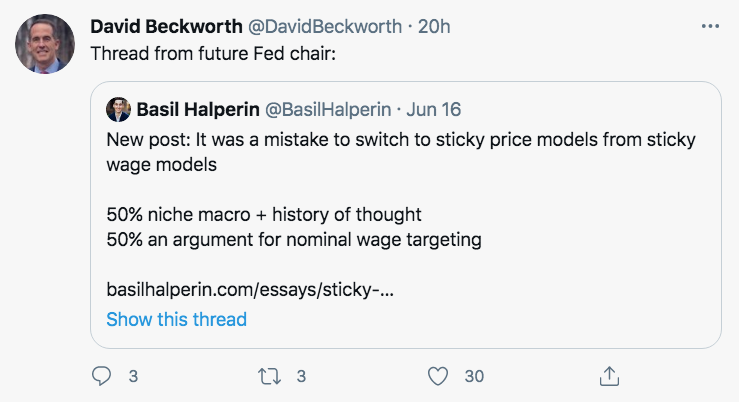Are scientists playing Russian roulette?
The biggest existential threat of the 20th century (nuclear weapons) was created by scientists. I’ve long suspected that the biggest existential threats of the 21st century (AI and new viruses?) will also be created by scientists. Zepnep Tufekci has an excellent article on this subject. Here’s an excerpt:
This kind of genetic manipulation had already raised concerns, especially after laboratories in the Netherlands and the United States announced in 2011 that they had created strains of flu viruses using genetic material from the H5N1 influenza A virus, which is very deadly but generally can’t yet spread among people. These new strains could spread by air among ferrets, which have humanlike lungs. The uproar had been immediate.
In defense of the 2015 coronavirus experiment by Dr. Shi and her colleagues, Peter Daszak, whose organization, EcoHealth Alliance, has worked closely with her and has been granted tens of millions of dollars in the last decade from the U.S. government, said the findings would allow scientists to focus on the greatest risk because it would “move this virus from a candidate emerging pathogen to a clear and present danger.”
Others were more worried. “If the virus escaped, nobody could predict the trajectory,” said Simon Wain-Hobson, a virologist at the Pasteur Institute in Paris.
Recent history provided plenty of reason for such concern.
Nearly every SARS case since the original epidemic has been due to lab leaks — six incidents in three countries, including twice in a single month from a lab in Beijing. In one instance, the mother of a lab worker died.
In 2007, foot-and-mouth disease, which can devastate livestock and caused a massive crisis in Britain in 2001, escaped from a drainage pipe leak at an English lab with the highest biosafety rating, BSL-4.
Even the last known person who died of smallpox was someone infected because of a lab incident in Britain in 1978.
That story about bird flu research should make everyone very nervous. A highly contagious bird flu would be far more dangerous than Covid-19. Is science playing Russian roulette? I’m not qualified to answer that question, but given that experts like Marc Lipsitch have suggested the answer is yes, it seems like something worthy of investigation.
PS. Tufekci believes it is quite plausible that Covid-19 escaped from a Wuhan lab, although she doubts that the virus was artificially created. But the article is of interest regardless of your views on the origin of Covid.
PPS. I’m using the term “existential risk” loosely, not in the literal sense of extinction threat. Unless there is a big order for paperclips . . .



